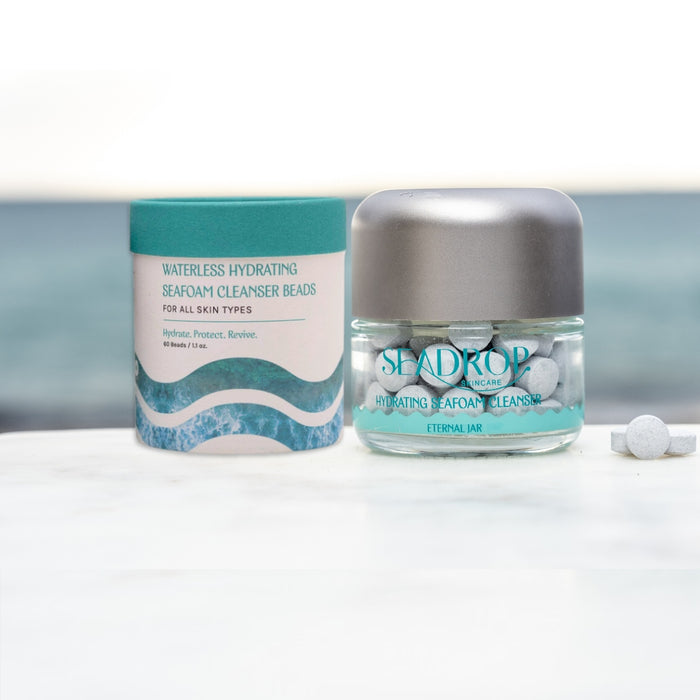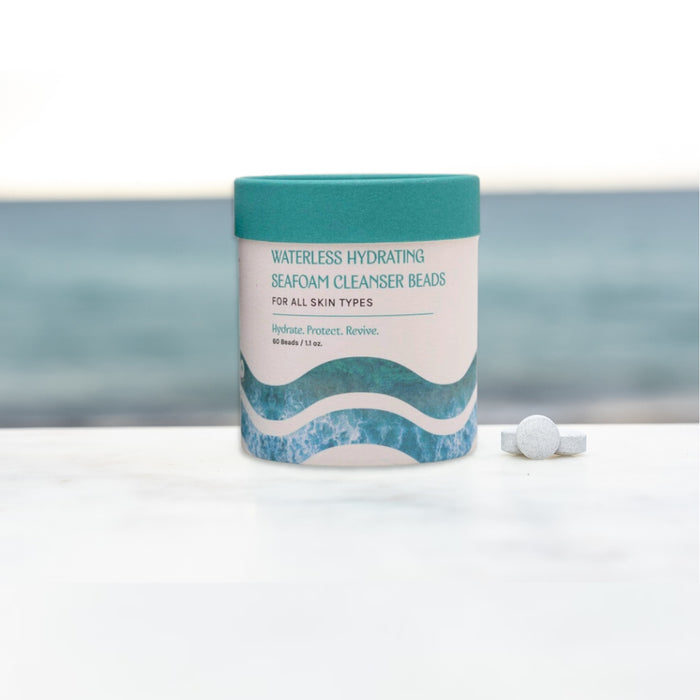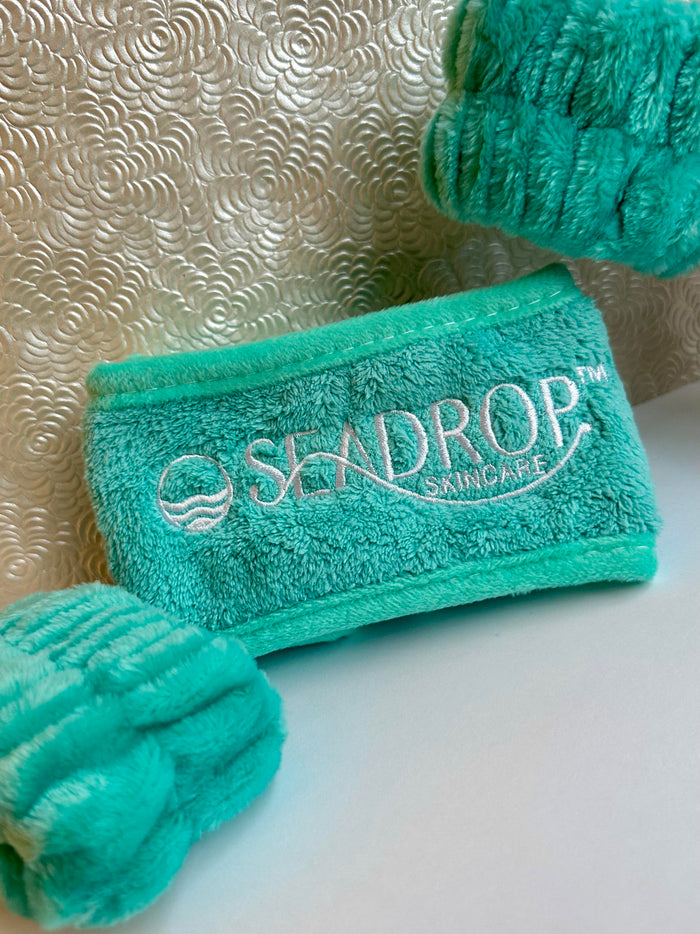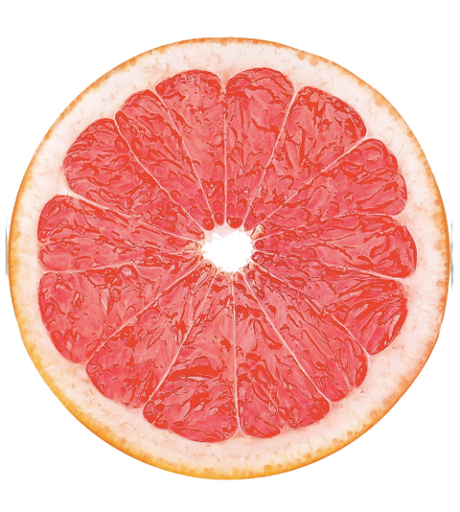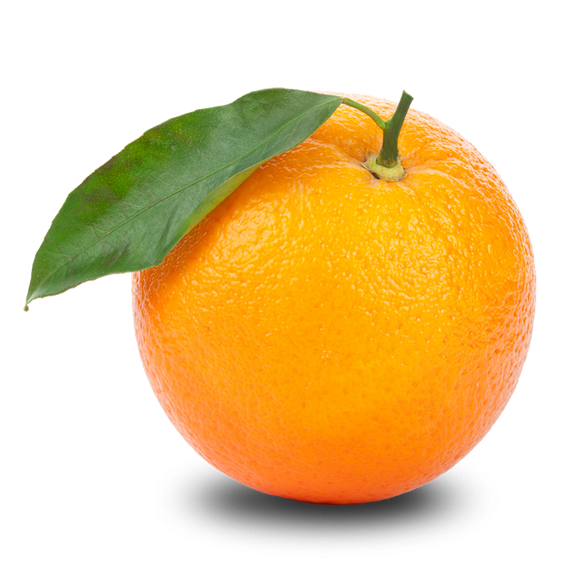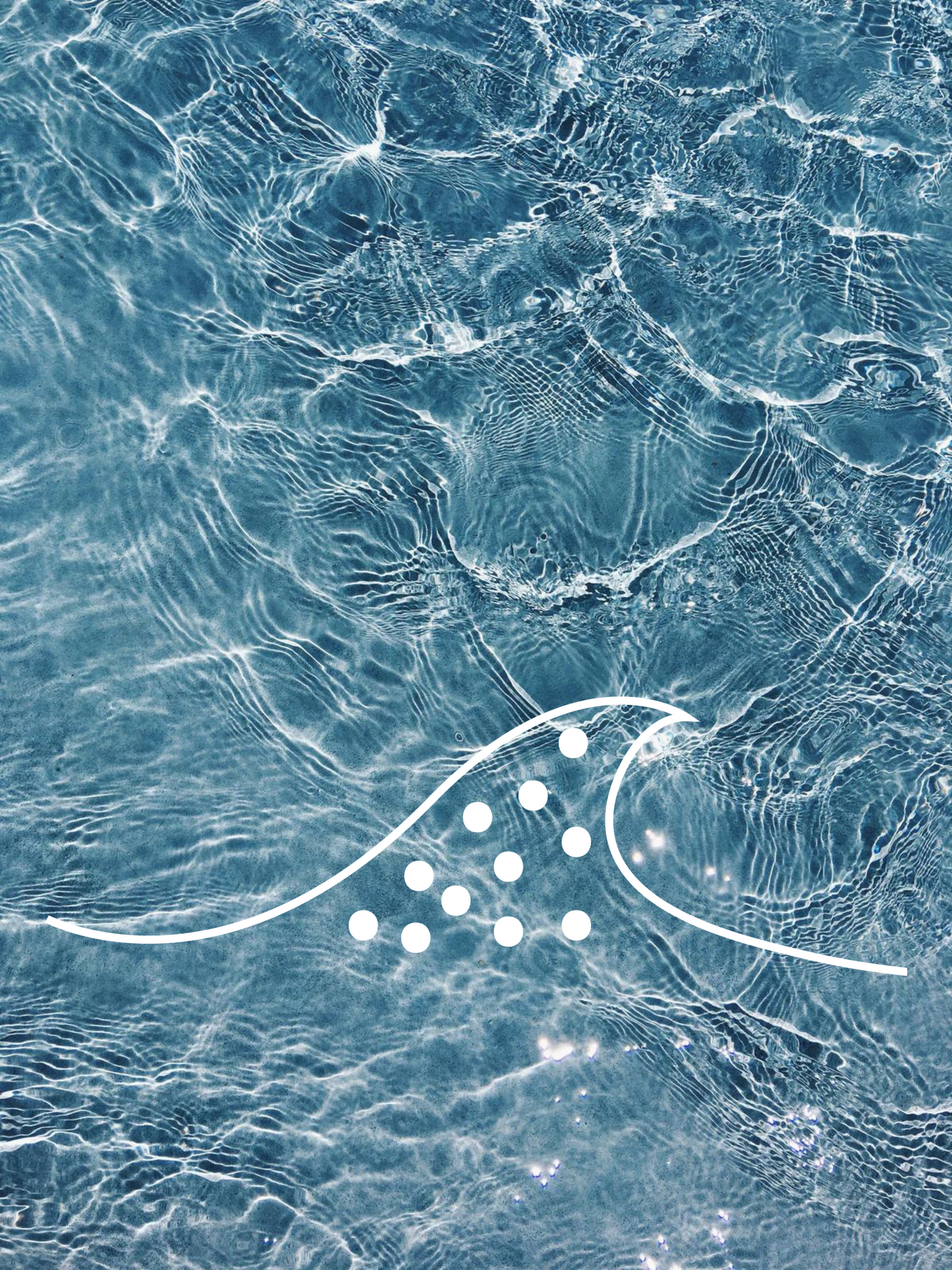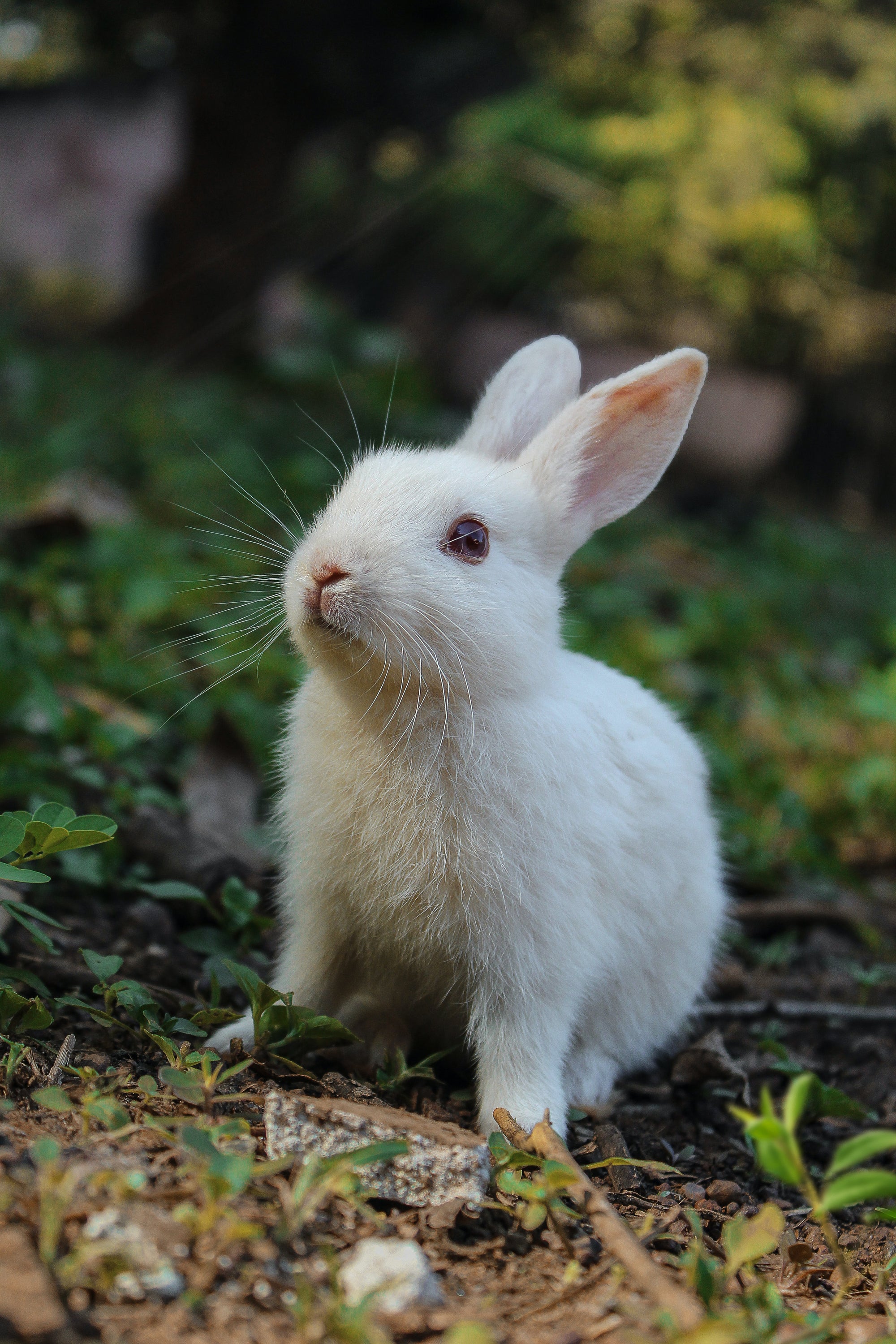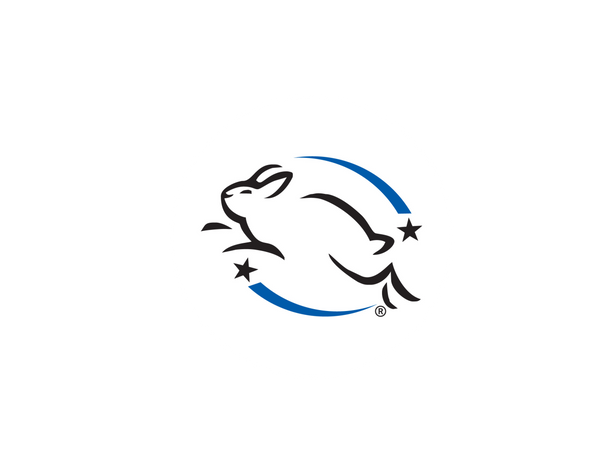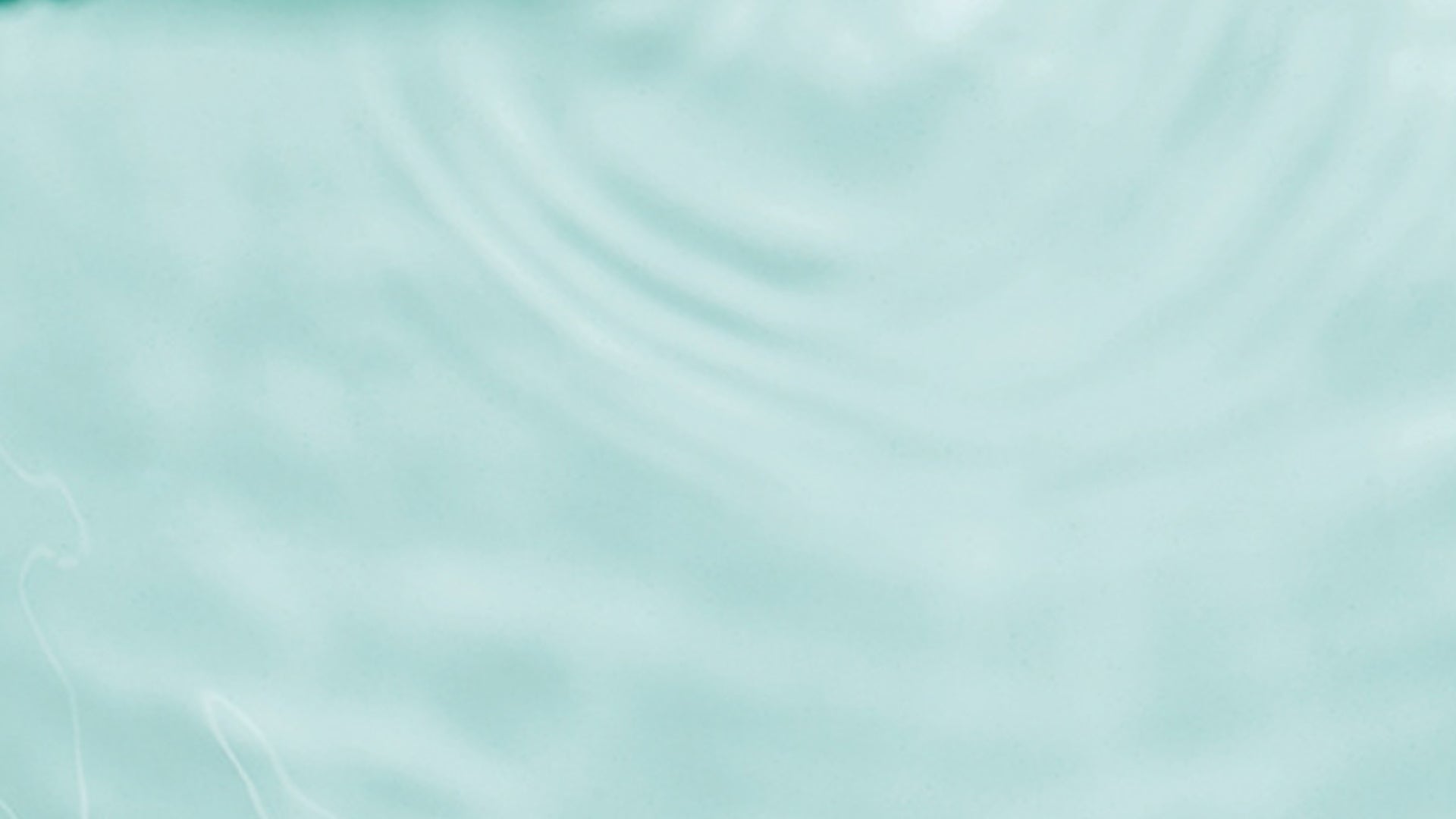
Our Clean Philosophy
We believe you should never have to compromise on quality to be sustainable with your skincare. We made sure that every single ingredient in our products is good for your skin while also being good for the environment. Each patent-pending waterless bead packs a cleansing punch, with natural, plant-based, sulfate-free, effective cleansing ingredients and high-quality nourishing concentrates that hydrate, protect, and revive your skin.
